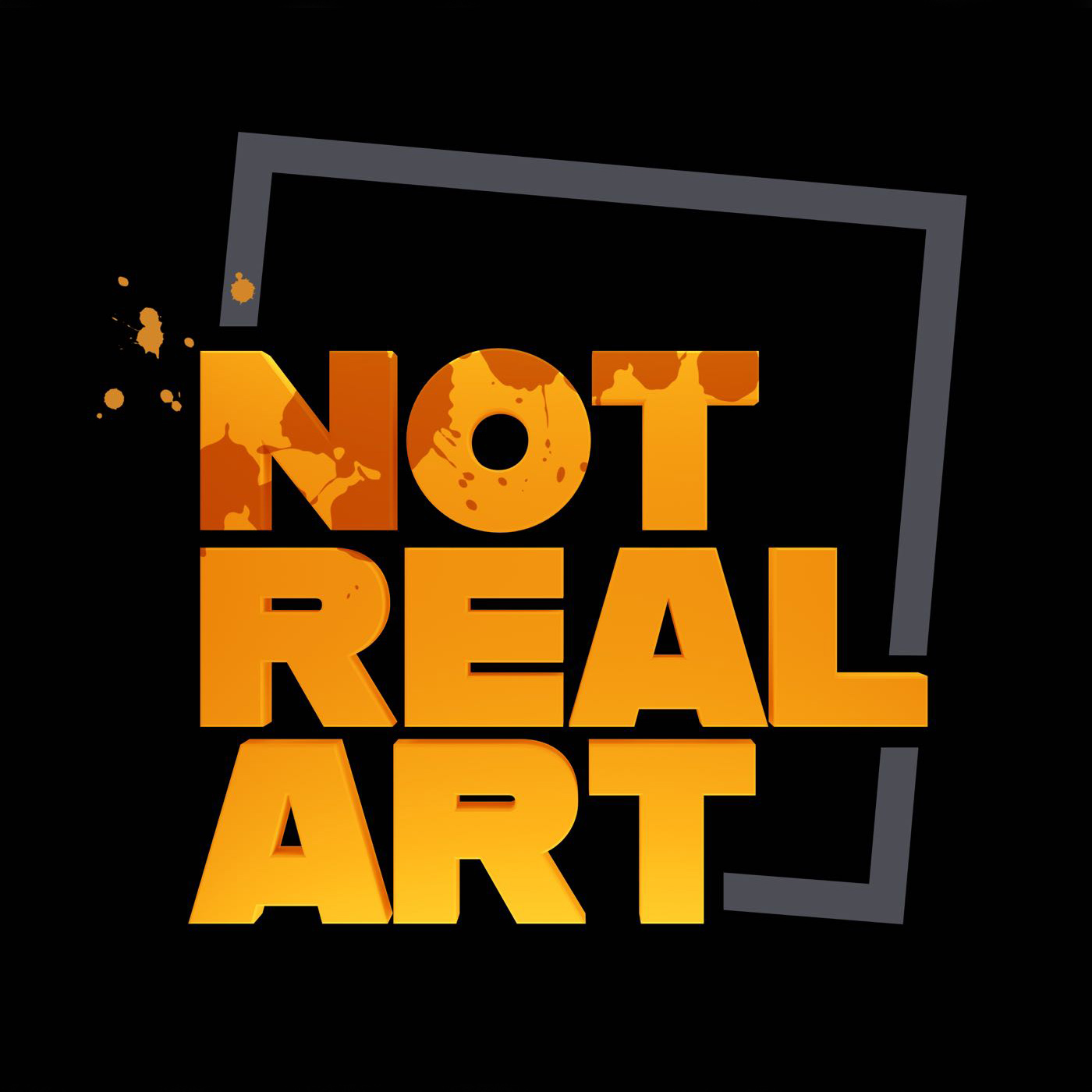Judy Baca of SPARC: Transcending Public Art With Participatory Neighborhood Murals [Podcast]
Description
Editor’s note: An earlier version of this episode ran in March 2021 and has been updated with a new introduction.
Historically, street art has been used as a powerful tool for community engagement thanks to its ability to transcend physical and social boundaries. In today’s special podcast episode, guest host and muralist Erin Yoshi sits down with public arts luminary Judy Baca to discuss the painter’s pioneering social work in the urban environment of L.A., the former “mural capital of the world.”
“Long before the predominance of graffiti art on the street, there were writings on the street," says Judy. “There was no control over who could paint where, and it was in that climate—1972—that I stepped out onto the street.”
Soon after, In 1974, Judy founded the City of Los Angeles’ first mural program, which produced over 400 murals, employed thousands of local participants, and eventually evolved into the Social and Public Art Resource Center (SPARC), where she continues to serve as artistic director. “The work I was doing needed to be institutionalized in educational systems,” she says. “There was so much work to be done around the kind of training that we needed to get another generation of artists into the world, to [give] another generation of young people the stepping stones to advance, and [without] having to start at the very beginning, as I did. So it became increasingly important to me to do the teaching, to see SPARC thrive and continue.”
Judy attributes SPARC’s success to their unique participatory model, which allows community members to contribute their ideas and talents to local murals. “I was interested in a participatory methodology that not only included the ideas of the people but included them in the process of the making,” says Judy, who observes a vast cultural distinction between murals in different L.A. neighborhoods. “Whose memories are saved?” she muses. “Whose stories are told? Whose history is taught? That became a quest that has been my life's work: the land’s memory, whose stories are told and remembered, and how we come up with the real story of America.”
Key Points From This Episode:
- Insight into Judy’s start as a muralist in LA, the former “mural capital of the world.”
- How permitting and bureaucratic control have hindered the creative process of public art.
- Ways that SPARC sought to change the face of LA by representing the people in it.
- The genesis of SPARC and what Judy’s cross-cultural vision for it entailed.
- Judy’s unifying ambition to excavate unknown stories that led to The Great Wall of LA.
- What she learned about dynamic imagery from the late great David Alfaro Siqueiros.
- Steps for creating a participatory community-based project like The Great Wall.
- Relationships built during the creation of The Great Wall that are still intact today.
- The drive to institutionalize her work that led Judy to become a professor at UCLA.
- Why she decided early on that she wouldn’t try to “make it” in the world of fine art.
- Unpacking the hierarchy of the arts that deems community art “low brow.”
- Reasons that The Great Wall is so critical at a time of heightened awareness of injustice.
- How SPARC has become a modern marvel with an inspiring heritage.
- The future of women’s leadership that Judy’s Matriarchal Mural addresses.
For more information, please visit http://notrealart.com/judy-baca

![Judy Baca of SPARC: Transcending Public Art With Participatory Neighborhood Murals [Podcast] Judy Baca of SPARC: Transcending Public Art With Participatory Neighborhood Murals [Podcast]](https://artwork.captivate.fm/29f4ae19-115f-4aba-9571-e20f9d049f84/_Dt5nO6xpKZ6DV3DnYswmWKK.jpg)


















